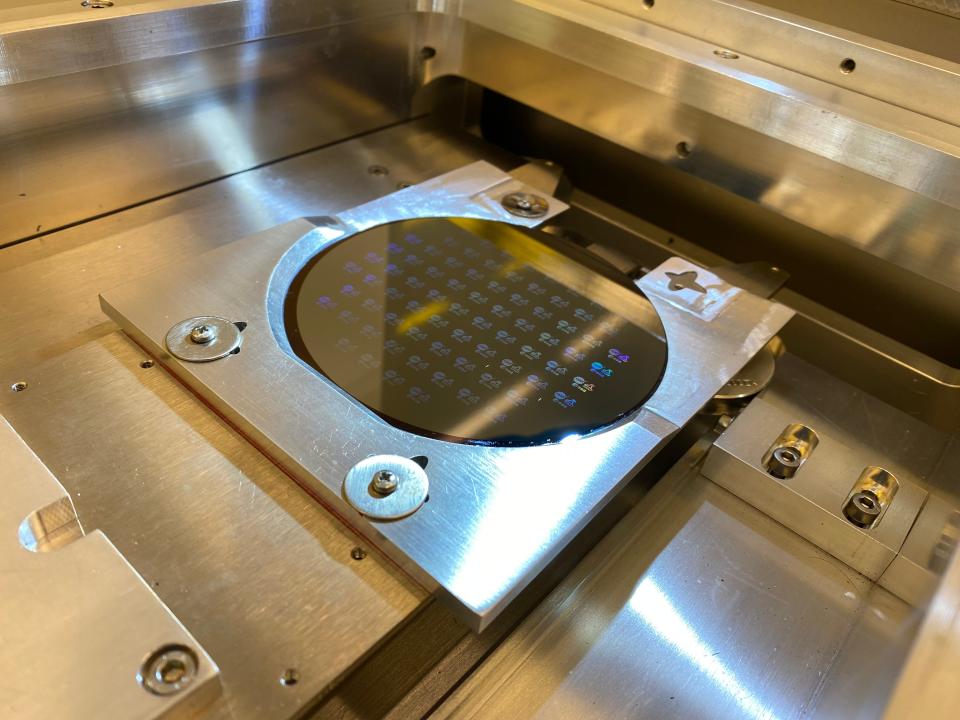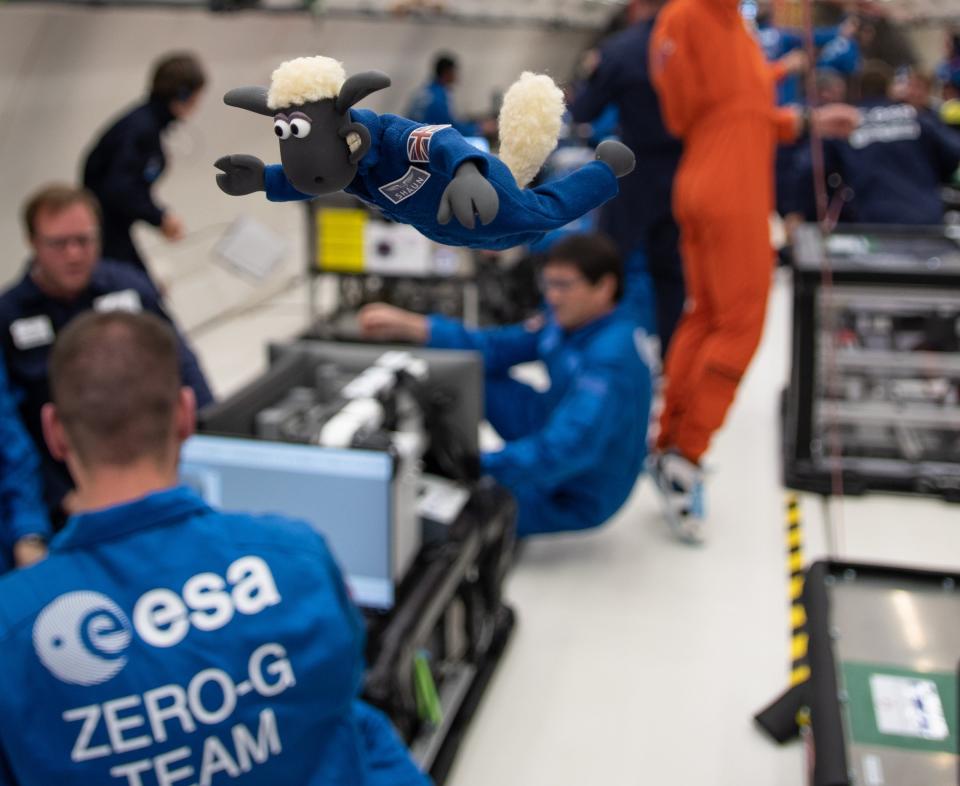NASA's Artemis I moon mission includes educational, cultural, and commemorative mementos
Space is important to us and that's why we're working to bring you top coverage of the industry and Florida launches. Journalism like this takes time and resources. Please support it with a subscription here.
---
When NASA launches its towering 322-foot-tall Space Launch System rocket on the Artemis I test flight later this month, it will propel an Orion capsule around the moon and back on a 42-day journey.
While uncrewed, the capsule will be far from empty.
A plethora of payloads, experiments, and commemorative mementos will turn the deep space journey into a time capsule returned to Earth for posterity and educational engagement.

NASA has sent sentimental and culturally significant artifacts to space with its spacecraft since the Apollo era in the 1960s. More recently that has included microchips with millions of names that have made it to far-off destinations like Mars.
The Artemis generation's first moon mission will be no different outfitted with hundreds of items that make up the Artemis I Flight Kit.
A few USB drives and microchips are safely tucked inside the Orion capsule and have been loaded with essays of contest winners, pledges from educators, art and videos from around the world. Also included in the data are the names of millions of people submitted by the public, as well as a list of the names of 30,000 employees who have worked on the Artemis I mission.

Three research test dummies — named Commander Moonikin Campos, Helga, and Zohar — will be joined by commemorative items like a bolt and patches from the Apollo 11 and 17 missions to the moon and an Apollo 8 coin on loan from the National Air and Space Museum.
Even a moon rock collected during Apollo 11 will join.
The items will be put on display once they return celebrating a new generation of moon exploration while connecting to another that has long since passed.
Also aboard will be a pen nib from the Charles M. Schulz Museum and Research Center in California signifying NASA's long-standing relationship with Schulz's Snoopy character. Two hundred and forty-five Silver Snoopy pins and even a Snoopy zero gravity indicator are also included.

Various other flags, patches, pins, and stickers that will eventually be distributed among the NASA workforce are also safely tucked away.
Educational resources and research payloads are included and will make the 1.3 million-mile trek around the moon and back.
The Lego Group has provided four mini-figures, a nod to the free online Artemis I “Build to Launch” collaboration with NASA — a 10-week interactive lesson plan that invites students and teachers to learn more about NASA engineers, scientists, and astronauts and to explore other STEM concepts.
The Girl Scouts of America have included space science badges to be awarded to winners of an essay contest. The award will be presented to up to 90 winners who were selected from across all Girl Scout grade levels.
Research payloads joining the three mannequins will help researchers understand how the deep space environment, including exposure to harsh radiation, can affect biological systems.
These investigations include various tree and plant seeds that will be planted and studied after the trip to deep space. Other biology investigations include samples of yeast, fungi, algae, and nutritional seeds.
Finally, payloads from NASA's international partners will be included. These range from flags to a 3D-printed replica of the Greek goddess Artemis that will be put on display in the Acropolis Museum in Greece.
Others include a pebble from the Dead Sea contributed by the Israel Space Agency and a small children’s film character, Shaun the Sheep, provided by the European Space Agency.

If all continues on schedule, NASA anticipates launching its Space Launch System rocket on the Artemis I mission from Pad 39B at Kennedy Space Center in Florida as soon as August 29.
If for some reason it can't launch that day, NASA also has September 2 and 5 on the calendar as backups.
Other opportunities in October, November, and December are also reserved.
For the latest, visit floridatoday.com/launchschedule.
Jamie Groh is a space reporter for Florida Today. You can contact her at JGroh@floridatoday.com. Follow her on Twitter at @AlteredJamie.
This article originally appeared on Florida Today: NASA's SLS rocket to launch Artemis I, a time capsule for posterity

 generic
generic 